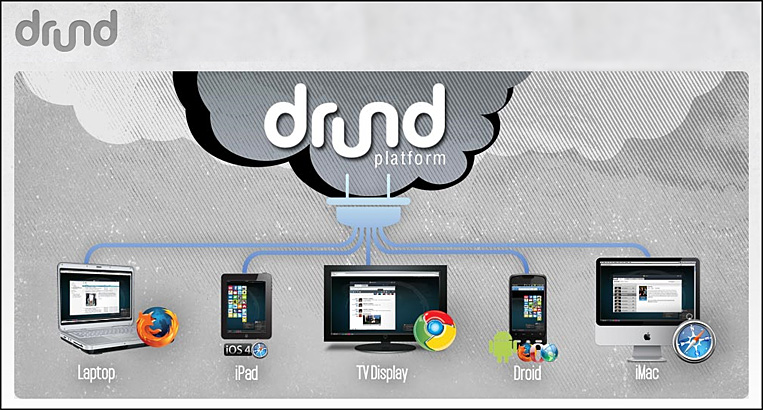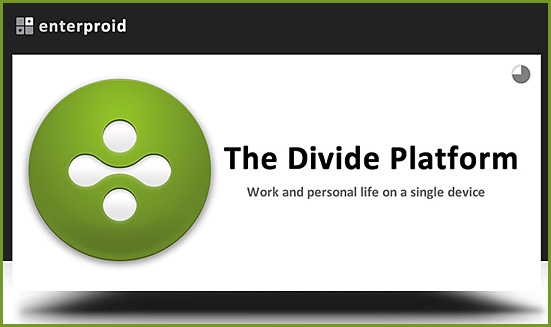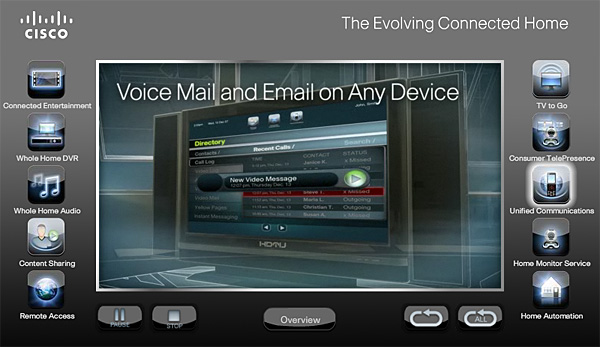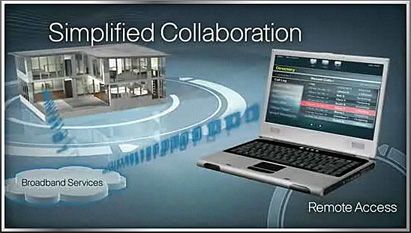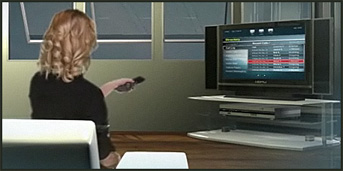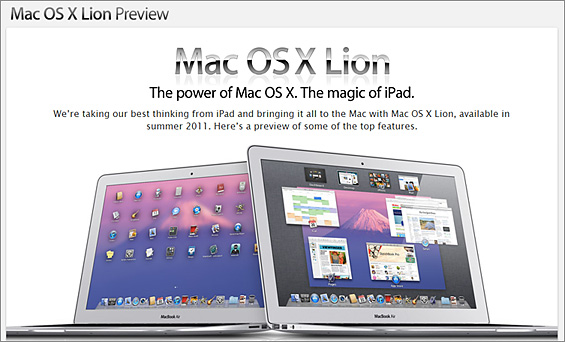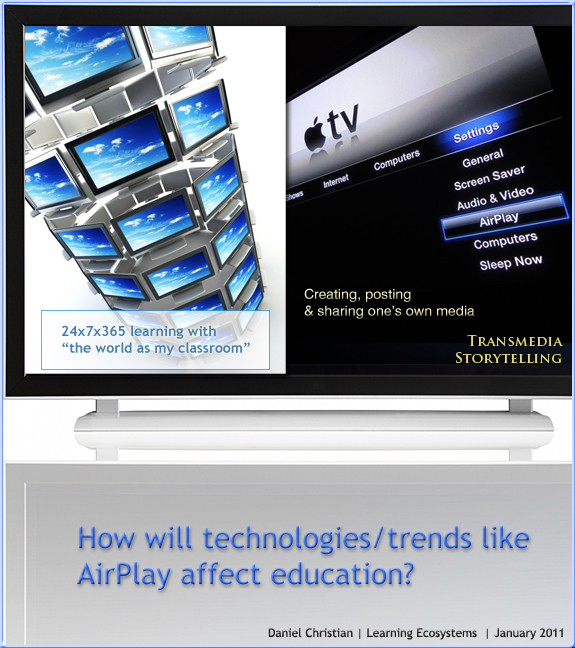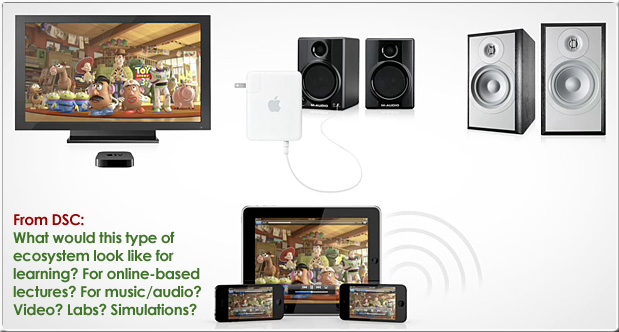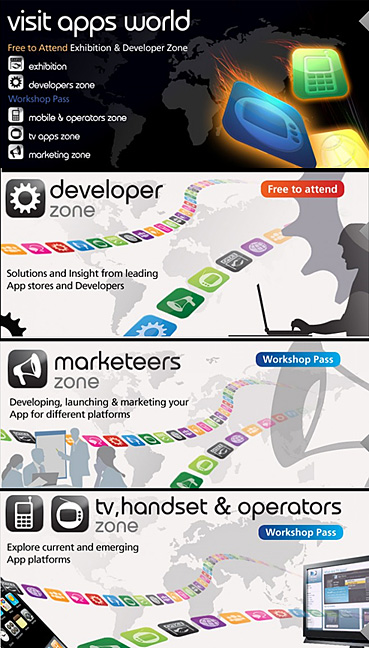- Drund gives devs & users all-in-one tool for connected devices — from Mashable.com
Dev shop Azork launched Monday Drund, a broad, agnostic development and management platform for apps across all connected devices and browsers.The platform also has an aspect for users, allowing them to “manage their online life from any Internet connected device,” according to a release.
Cross-platform development, especially in the mobile sector, is something of a rare and difficult promise to make. Developing not only for the two most popular mobile OSes but also for desktops and web browsers is a time- and resource-consuming consuming proposition; but leaning on “all-in-one” dev tools can sometimes lead to messy results and spaghetti code.
Drund makes the promise of “single platform development,” saying that devs can create each app just once and deploy it to any web or mobile browser — including IE, FireFox, Chrome, Safari, and all the mobile browsers, too.
Thunderbolt: Everything you need to know — from Mashable.com by Charlie White
It might not have seemed like we needed another way to connect computer components, but when you take a look at Thunderbolt, which made its debut on MacBook Pros today, you’ll see it’s going to be a welcome addition.Formerly called Light Peak, this new way of connection displays and peripherals are so much faster than the way we connect things today it will probably take over as the preferred way to hook up drives, monitors and many other devices to Macs and PCs for the next few years. Here’s everything you need to know…
It’s a much faster conduit for file transfer and video: 10 Gbps (gigabits per second), which is about twice as fast as USB 3.0 and 20 times faster than USB 2.0.
…and many more items listed in the article.
Also see:
- Why Thunderbolt is so important for the MacBook Pro — from Gizmag.com by Tim Hanlon
Five high-tech business trends — from Reuters
1. 4G Connectivity
2. Tablet Takeover
3. Apps Everywhere
4. Online Communications
5. Cloud Computing
Eight Great Explosions in Video — from futurist Thomas Frey
Excerpt:
Video is set to go through an explosive growth phase. The coming years of video development will be defined by what I call the eight great explosions.
1. Explosion of Television Apps
2. Explosion of Video Capture Devices
3. Explosion of Video Display Surfaces
4. Explosion of Video Projection Systems
5. Explosion of Video Content
6. Explosion of Holography
7. Explosion of Video Gaming
8. Explosion of Video Bandwidth and Storage
Final Thoughts
Not everything in the video world will be positive. Today the average child who turns 18 has witnessed over 200,000 violent acts on television. Every year the average child is bombarded with over 20,000 thirty second commercials. And the 1,680 minutes each day that the average child spends in front of their TV is making them increasingly fat, lazy, and prone to disease.
On one hand, television is the great educator, the center of modern culture, and a pipeline into everything happening around us. But at the same time, it is sucking up our time, infringing on our relationships, and keeping us from doing meaningful work.
Television is at once both a massive problem and a massive solution. However, as a medium, television has the capability of solving the problems it creates.
Manufacturers Turn to Smart TV After 3-D Disappoints — from WSJ (with insert from DSC below)
The idea is to make it easy to shop, surf the Web, (take a class, videoconference with others around the world, gain skills and knowledge, get training on demand) check the weather and traffic and set up customized news pages. Consumers also would have available a variety of other apps for, say, social networking or sharing photos and videos.
Internet Use Explodes, Occupies As Many Hours As TV — from FastCompany.com by Kit Eaton
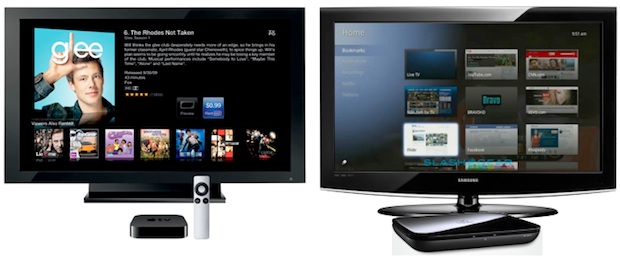
A new survey by Forrester tracking U.S. consumer activity has revealed that the Net has caught up with TV as a pastime–and while TV’s not going away just yet, this pretty much cements the future of web-based TV.
Forrester has been carrying out this kind of research for years, but this is the first year in its surveys of U.S. consumers–40,000 of them, in this case–that the amount of time spent watching TV has been equalled by time spent online. Both see the average U.S. consumer devoting 13 hours a week.
Skype hits new usage record — from Mashable.com by Adam Ostrow
Cutting the Pay TV Cord, Chapter 5: Unlimited Internet TV — from Phil Leigh
In short, often there is no reason why modern flat panel TV screens cannot function as giant monitors for up-do-date computers.
Thus a growing number of us are attaching computers to our TVs. The trend is especially prevalent for WiFi enabled computers because they can connect over a home network and thence to the Internet. In such configurations computers – commonly dedicated laptops – function as Internet gateways for televisions. They transform TVs into dual function devices normally controlled from a comfortable viewing distance with ordinary TV remote units.
Also see:
- Cutting the Pay TV Cord, Chapter 4: Broadcast Reception
- Cutting the Pay TV Cord, Chapter 3: Televisions
- Cutting the Pay TV Cord, Chapter 2
- Cutting the Pay TV Cord, Chapter 1
If you’re tired of paying for television service you’re not alone. The number of domestic pay TV subscribers declined for the first time ever at the end of the June, 2010 calendar quarter. The drop was about 200,000. It declined again at the end of the September quarter by an estimated 100,000. Since there are over 95 million pay TV subscribers, the industry publicly minimizes the significance of the trend reversal. But they are wrong to do so. It’s been a growth business for half a century. It’s run its course and Internet video is the successor.









